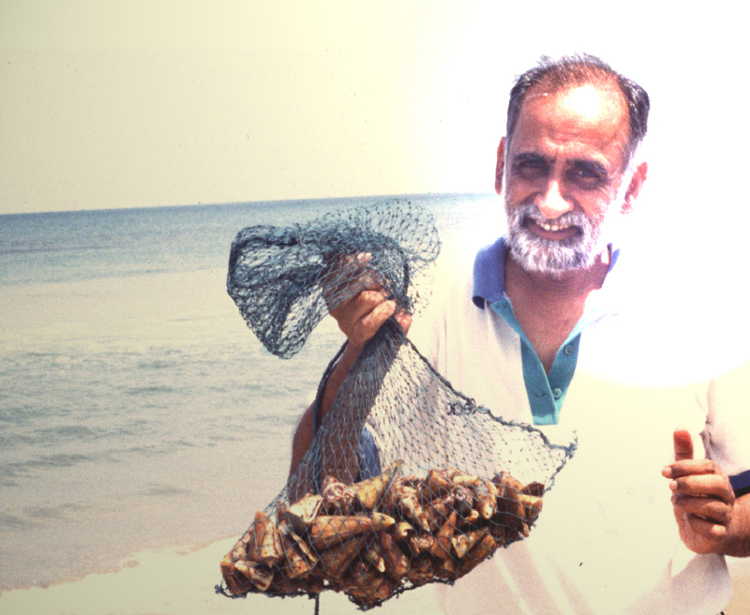K VijayRaghavan remembers Krishnan
The real world of jobs and promotions wanted measurable success. While TIFR was generous enough to wait, time and patience were running out and Krishnan himself was the one most impatient with himself. Would we again see the Krishnan who so interactively kick-started Balaram's science or was that just a flaw in the plan? This was Krishnan's worry and, characteristically again, he leapt to an answer by going to Howard Nash's lab at the NIH where he pretty much invented the field of the genetics of anaesthesiology. Krishnan had hit upon an answer on how he would pursue his science: He would do what he loved, looking at animals in many ways and while he knew all the details of everything else form molecules to cells to tissues, he would inspire others to get the important details done. Returning to Bombay he worked with Mani Ramaswami (who spent a couple of years at NCBS, then in Bombay, before moving to Dublin). Their long collaboration on screening for suppressors of temperature sensitive mutants was a major contribution to the field of synaptic vesicle biology and put both Mani and Krishnan on the global centre stage. When NCBS moved to Bangalore and Jitu joined, a similar transformative collaboration started in studying the mechanisms of endocytosis. In a visit to Utah to see a friend, Mani met Toto Olivera from the Philippines who was studying the toxins of cone snails. Mani's description of this captivated Krishnan who embarked on the field biology of cone snails in peninsular India. This is phenomenal work whose detailed appreciation must be written. Starting a collaboration with Balaram and colleagues again on the biology of cone toxins was tour de force of modest biology form molecules to the field. This way of working also needs to be written about in detail: This is just the kind of work that India needs. Collaborative, grand, rooted in the environment and yet globally of the highest class. About all this and more soon, but all this wonderful science is really about a wonderful person. We often moan the passing of periods where science was done as in pursuit of curiosity and joy. Krishnan simply showed us how wrong this view is. As long as we pursue scientific questions, there is fun to be had. If we pursue the surrogate markers, the derivatives, the consequences of science, ignoring science itself, then there is only constant envy, whining and bitterness to be had. Krishnan cared two hoots about awards, recognitions and prizes, while enjoying his scientific friends successes in these arenas. They in turn admired him and loved him more than if he had all the awards in the world. Krishnan's love of people, birds, animals (except the slight tension with the 3-legged stray dog of the TIFR colonnade) and indeed of the planet was a seamless morphing of ideas, fiction, fact, reality and the future. His presence in the lab was reassuring. His advice was deep, unselfish, impossibly complicated at times, but always extraordinary fun. The suddenness of his departure makes it all seem unreal.
Yet his presence everywhere on the campus and all over India, from Arunachal to Kanyakumari will remain and his style of science will inspire our future.
- K VijayRaghavan

Comments
A great loss. He was a very
I remember him as a soft,
We knew Dr. K.S.Krishnan from
Post new comment